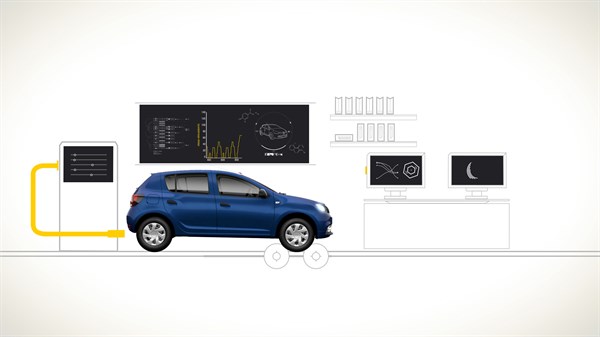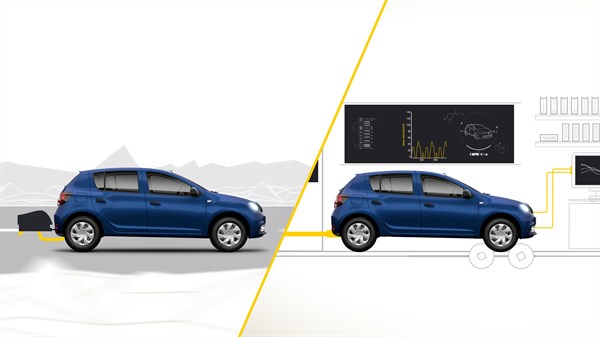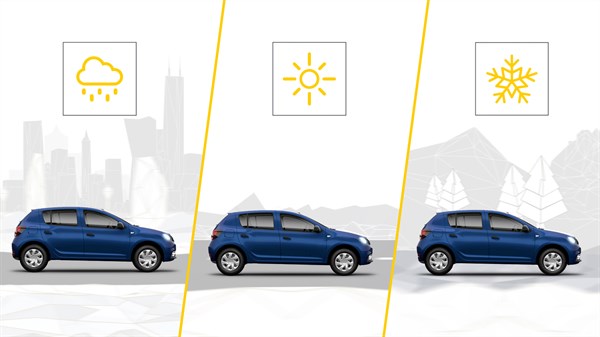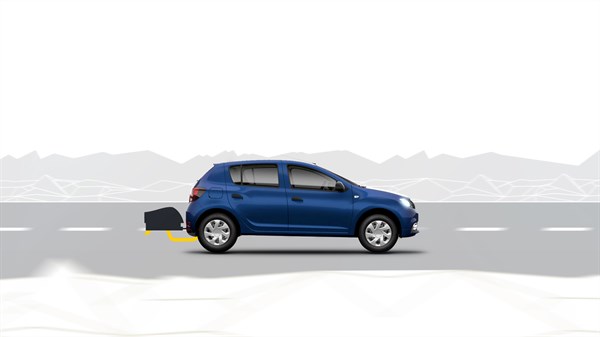INTRODUCTION TO THE NEW REGULATIONS
REDUCING FUEL CONSUMPTION AND POLLUTANT EMISSIONS
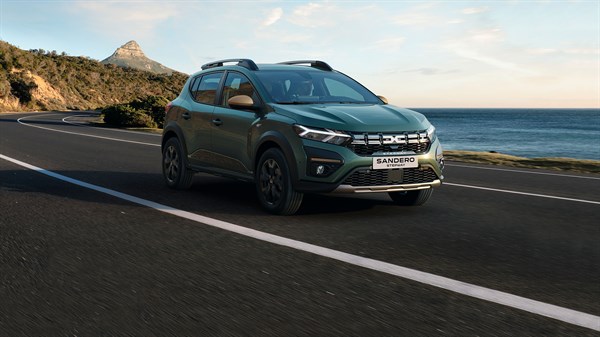
Dacia is committed to making the purchase and use of a new vehicle increasingly affordable. We offer attractive and high-quality vehicles with reliable and effective technologies. Our vehicles are equipped with technologies shared throughout Groupe Renault and thereby benefit from all its expertise to reduce fuel consumption and pollutant emissions.
At Dacia, we help you play an active and simple role in reducing your vehicle's cost of use. As such, we offer you a range of solutions and technologies aimed at reducing fuel consumption and CO2 emissions before, during and after driving, while optimising the use of your vehicle.
Regulations are changing and we play a role in these changes. It begins with taking into account the new Worldwide Harmonised Light Vehicle Test Procedure (WLTP). This new protocol enables consumers to access fuel consumption and pollutant emission data that reflects the everyday use of their vehicle with much more accuracy.
At Dacia, we help you play an active and simple role in reducing your vehicle's cost of use. As such, we offer you a range of solutions and technologies aimed at reducing fuel consumption and CO2 emissions before, during and after driving, while optimising the use of your vehicle.
Regulations are changing and we play a role in these changes. It begins with taking into account the new Worldwide Harmonised Light Vehicle Test Procedure (WLTP). This new protocol enables consumers to access fuel consumption and pollutant emission data that reflects the everyday use of their vehicle with much more accuracy.
UNDERSTANDING THE CHANGES IN REGULATIONS: WLTP AND RDE
OUR COMMITMENTS
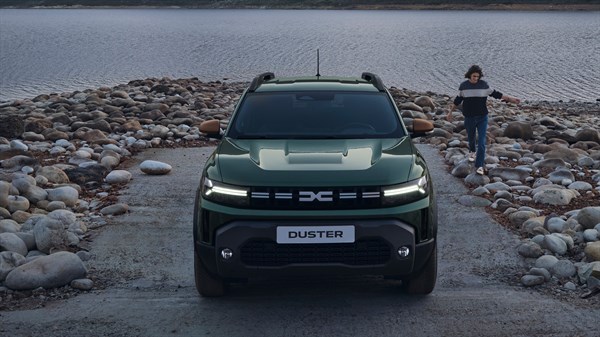
TRANSPARENCY AND SIMPLICITY HAVE ALWAYS BEEN THE DACIA BRAND'S GUIDING PRINCIPLES.
In early 2018, Dacia thus marketed the first vehicles certified under the new procedure. And since early September 2018, all new Dacia vehicles sold in the networks have had WLTP certification.
OUR SOLUTIONS
With Dacia, you benefit from the best in technology available in Groupe Renault
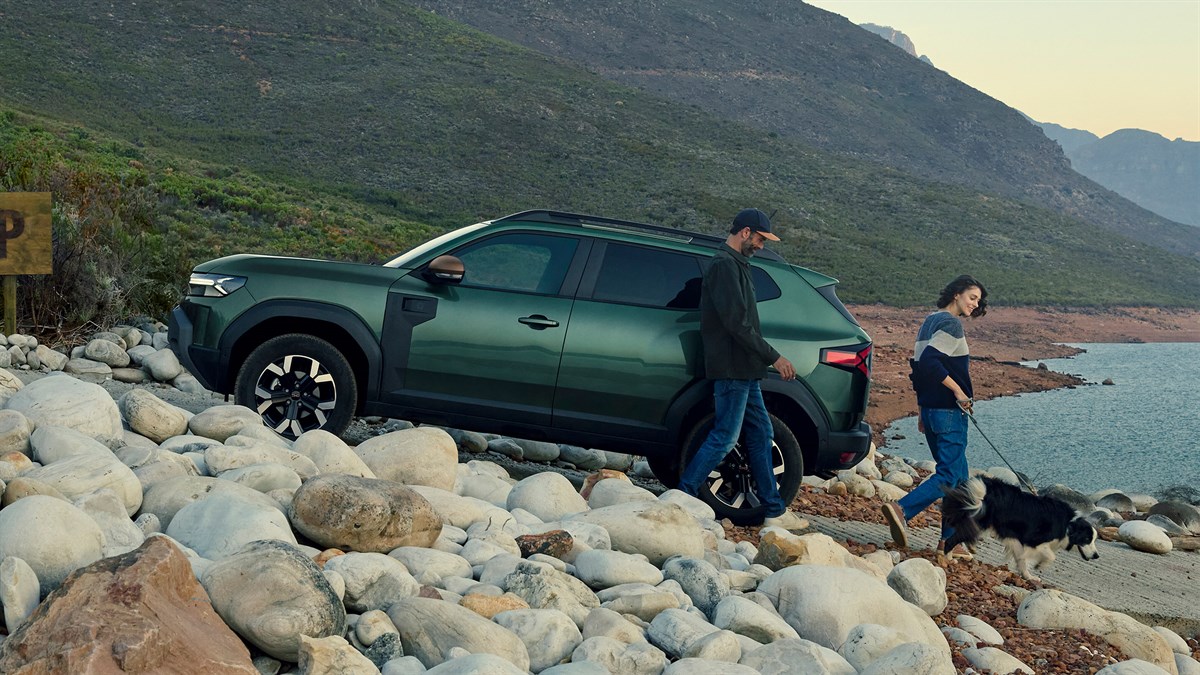
Technologies aimed at reducing consumption
*On Duster only
- On-board features that include a gear change, indicator, an eco-driving mode button, the option of receiving a journey review with an eco-score* and, thanks to eco-coaching*, tips for eco-driving in real time to optimise fuel consumption.
- Stop and Start system aimed at reducing fuel consumption when the vehicle is stationary.
*On Duster only
